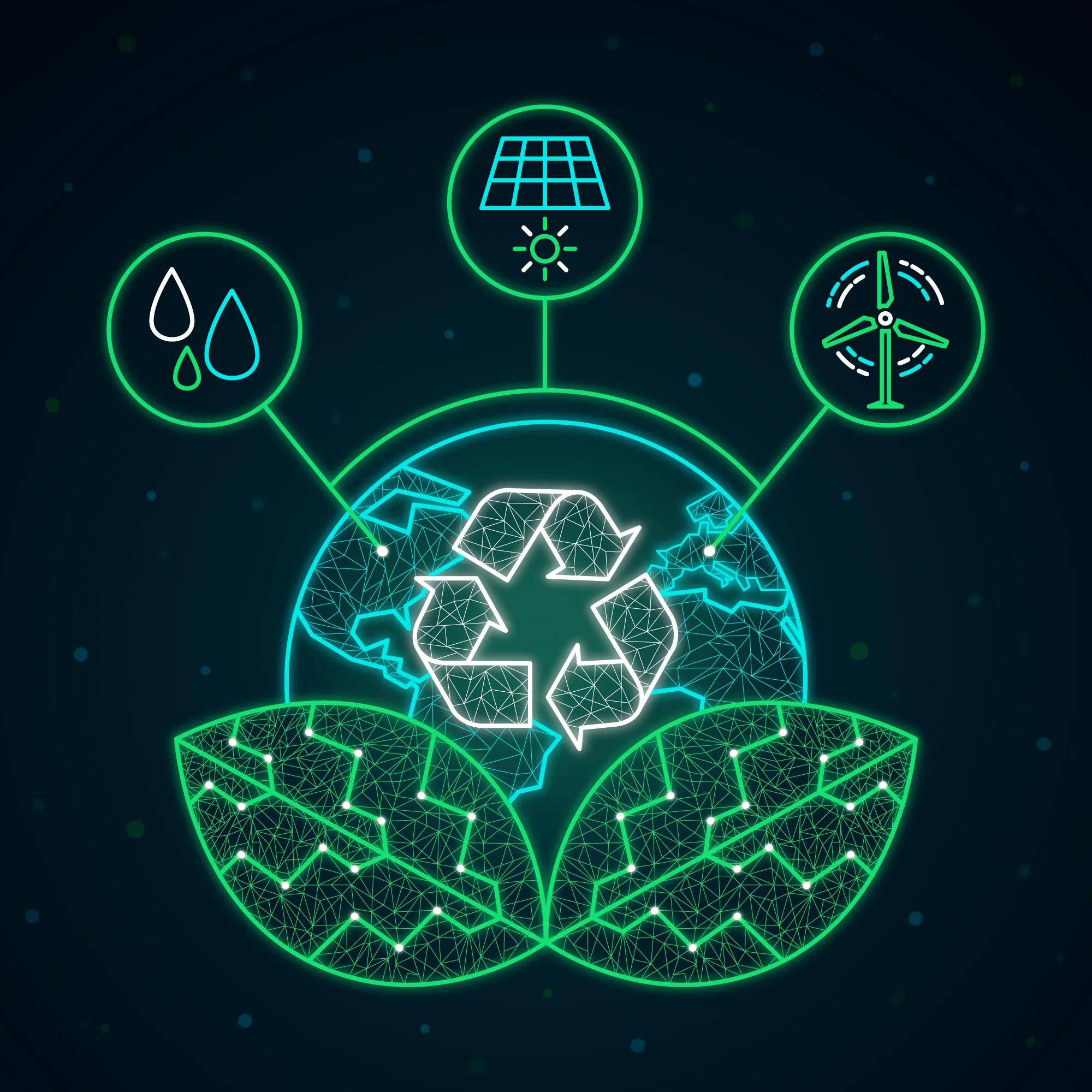In a landmark research article published on March 15, 2024, in the prestigious journal “Carbohydrate Polymers,” a team led by Northeast Forestry University in Heilongjiang, China, has presented a novel method for preserving the integrity of cellulose during its dissolution process. Cellulose, a natural polymer and a critical component in creating various high-performance materials, has long posed a challenge during its solvent-based transformation due to the rigorous conditions required for its dissolution. However, the new study proposes a solution that promises not only efficiency but also environmental benefits, which could revolutionize industries dependent on cellulosic resources.
DOI: 10.1016/j.carbpol.2023.121665
Preserving Cellulose’s Glycosidic Bonds
Cellulose, the most abundant organic polymer on the planet, is a key raw material in the production of everything from textiles to pharmaceuticals. However, the process of dissolving cellulose traditionally demands extreme conditions, often resulting in the degradation of its molecular structure, specifically the glycosidic bonds that hold the cellulose units together. This structural disintegration hinders the creation of superior materials that could otherwise benefit from the inherent strength of intact cellulose fibers.
The team of researchers, including Tong Zhihan, Zeng Suqing, Li Xiaona, Wang Wen, Xia Qinqin, and Yu Haipeng from the Key Laboratory of Bio-based Material Science and Technology of Ministry of Education, Northeast Forestry University, has championed an ingenious strategy to counter this problem.
The Coordination Interaction Competition Strategy
The study titled “Glycosidic bond protection of cellulose during solvent dissolution by coordination interaction competition strategy” (Reference [1]), demonstrates that through a simple yet effective process, cellulose’s polymerization degree can be conserved. The researchers introduced polyethylene glycol (PEG), a benign glycosidic bond protecting agent, to maintain the cellulose structure during room-temperature dissolution in a ZnCl2 solvent system.
This innovative process, the coordination interaction competition strategy, involves PEG molecules competing with cellulose for coordination with the zinc ions in the solvent. By effectively “shielding” the glycosidic bonds, they prevent the breakdown of cellulose’s molecular structure. This breakthrough concept suggests that less aggressive dissolution environments and gentler solvents can be used for cellulose processing, opening the door to more sustainable and ecological methods within various industries.
The Implications and Impact
The implications of this research extend far beyond the laboratories and academic discussions. By enabling cellulose to retain its structural integrity during dissolution, the material can be utilized to its full potential, creating stronger and more durable high-performance materials that can withstand greater stress and use.
The ecological impact is also significant. The recommended method reduces harm to both the environment and the health of workers by avoiding the use of potent acidic or basic solvents and high-temperature treatments typically associated with cellulose processing.
Advancing Biomaterial Science
This breakthrough aligns with the global shift towards biorefinery, aiming to efficiently harness natural resources to replace non-renewable ones. By simplifying the process of cellulose dissolution, the innovation supports the vision of a greener, more sustainable future where biologically derived materials take center stage in manufacturing and consumer products.
According to the declaration of competing interest, the authors assert no known competing financial interests or personal relationships that could have influenced their work, affirming the integrity of the study (Reference [2]).
Expanding Horizons with Deep Eutectic Solvents
The idea of using deep eutectic solvents (DES) is a growing area of interest within chemical engineering and materials science. Exemplified by the ZnCl2-PEG system employed in this research, DES offers a less volatile and potentially more environmentally friendly alternative to traditional solvents. By harnessing the principles discovered in this study, further exploration of DES in cellulose dissolution could lead to more sophisticated and ecologically sound processing methods.
Future Research and Developments
While the study represents a substantial advance in cellulose processing, the researchers acknowledge that there is more work to be done. Further studies could explore optimizing the protection strategy, the full range of applications for the preserved cellulose, and scaling the process for industrial applications. Additionally, investigating the economic viability and life cycle assessments of these new processes will be critical in assessing their potential for widespread adoption.
Keywords
1. Cellulose dissolution innovation
2. Sustainable cellulose processing
3. Glycosidic bond protection
4. Eco-friendly polymer science
5. Advanced materials from cellulose
References
1. Zhihan, T., Suqing, Z., Xiaona, L., Wen, W., Qinqin, X., & Haipeng, Y. (2023). Glycosidic bond protection of cellulose during solvent dissolution by coordination interaction competition strategy. Carbohydrate Polymers, 328, 121665. https://doi.org/10.1016/j.carbpol.2023.121665
Conclusion
The innovative solution presented by the team at Northeast Forestry University heralds a new dawn in cellulose processing. Taking a step away from destructive methods, this research not only conserves the valuable polymerization degree of cellulose but also charts a path to more sustainable industrial practices. With continued exploration and development, this contribution to polymer science holds great promise for the materials of the future.
